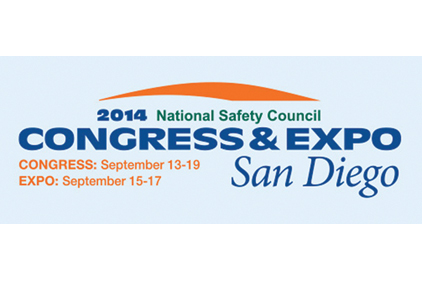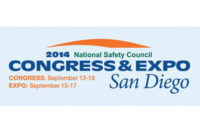What are some of the new means to improve fall hazard control?
The hierarchy of fall protection includes #1 Elimination, #2 Prevention and #3 Fall Arrest -- all structural engineering strong points regarding strength and anchors for fall protection systems but that are rarely true partners with safety professionals. Here we show how the safety professional works together with the structural engineer in the organization's safety program. The better the work planning, the closer we can reach effective elimination. Discussion starts off with horizontal lifelines; something that safety pro's dare not touch
Can safety pros completely eliminate all fall hazards on a job site? Is zero hazards possible?
Safety rofessionals cannot completely eliminate fall hazards unless they stop the work before it begins and either change the method of work and/or sequence. Leading the safety planning in advance of the job is the key to approaching elimination. Safety professionals must build a team to recognize and solve fall hazards and act on near-misses
In your experience, what are the most common fall hazards on job sites?
Unprotected Edges, Unprotected Floor Holes, Roofs or Roof Construction, Rigging, Unsafe Scaffolding, Unscreened Plastic Skylights, Unsafe Ladder positions, Ladder Climbing, Wall Openings, Misuse of Fall Equipment, Cluttered or unstable walking/working surfaces, Aerial Lifts, Tower structures, Truck Trailers
How best can fall hazard control be implemented by small contractors without a full-time safety pro on staff?
The owner takes a recognized competent person fall protection course addressing typical hazards and has a local structural engineer take the matching qualified person course, or employ a trained fall protection structural engineer from a nationwide supplier of fall protection qualified person services
The uniqueness of this session is the live interaction of the competent person (Ellis) with the qualified person (John Whitty), an experienced structural engineer. We will pick several common scenarios, analyze with the Dave MacCollum grid (“Construction Safety Engineering Principles,” McGraw Hill 2007) and see what it takes to get to the elimination option in a joint session.
J. Nigel Ellis is president of Ellis Fall Safety Solutions.

